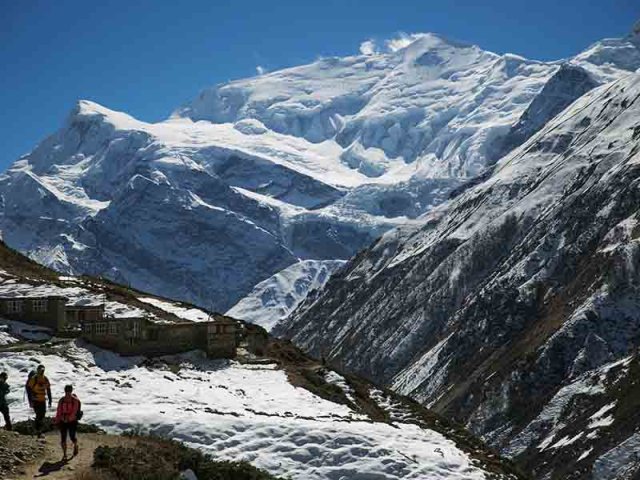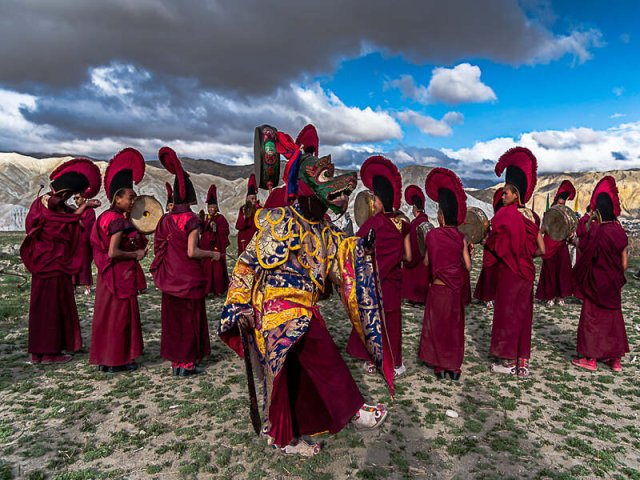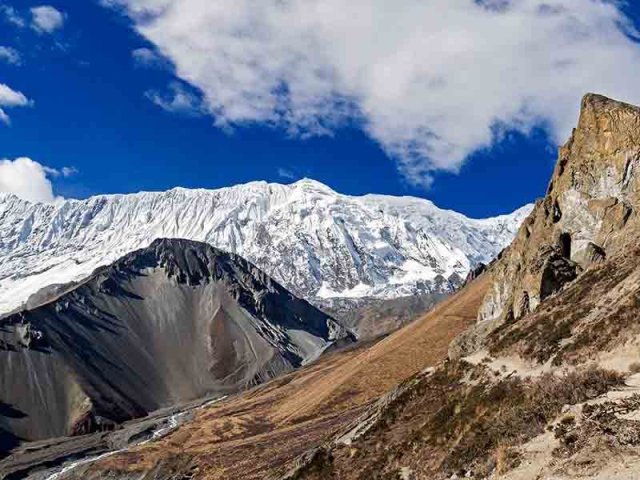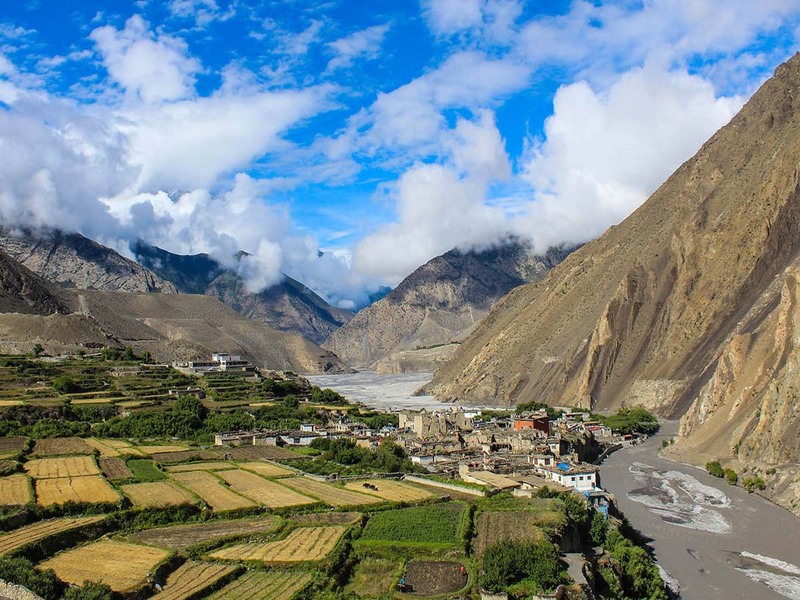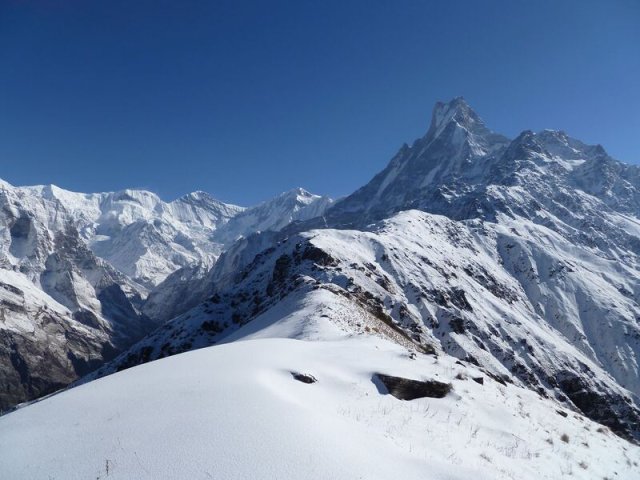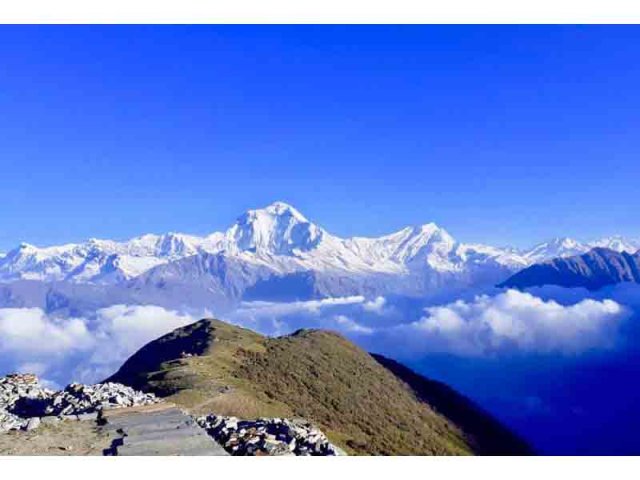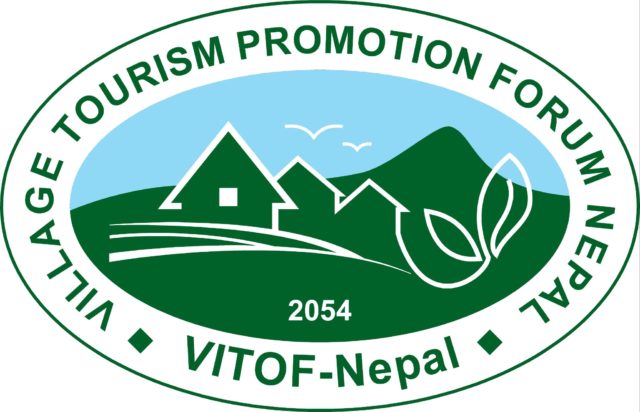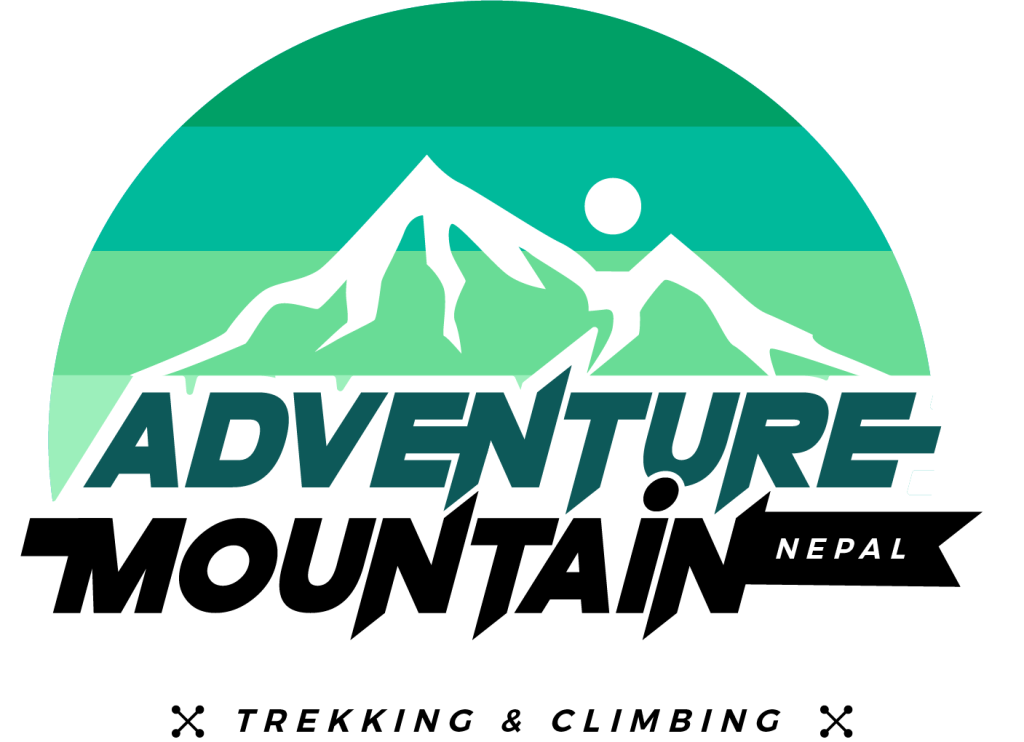After a full day jeep drive passing through bumpy lane and holding the beauty of Besisahar. Annapurna Seven pass trek starts from small village "Tal". Set a foot on all seven passes namely-Kuchurmo pass, Yarcha pass, Meta pass, Phu pass, Nar pass, Kangla pass, and the famous Thorong la pass. Among them three passes are above 4600 meter and four passes above 5,000 meters. In addition to this, exploring the multifarious villages, heart-warming cultures, flora and fauna, experiencing the optimum solidarity makes this trail unique than any other.
Annapurna Seven pass Trek
This trek takes you through some uninhabited valleys making a traverse between the western flanks of Mt. Manaslu to the Grand Barrier.
Trip Code
AMT - TREK - 207Best Season
Spring & Autumn
Trip Grade
⭐⭐⭐⭐
Max Altitude
Nar Pass (5400m/17712ft)
Accomodation
Teahouses/Lodges
Transportation
Flight/Jeep or Bus
Meals
BB/Full Board
Group Size
Any
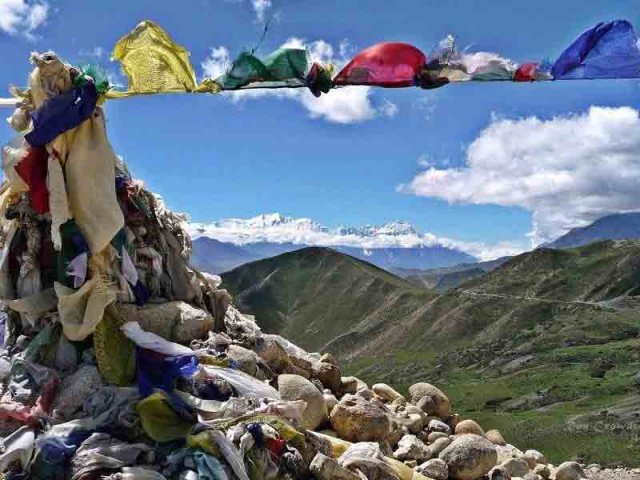
Introduction
Annapurna Seven pass Trek Overview
Taking a steps further towards Kangla Phedi(4530m/14858ft) the trial adjoins with Nagwal/the Annapurna circuit and ascends to Manang district. This area presents the view of cultivation fields with terraces, herding of yaks, culturally predominant gompas & monasteries, a view of Gangapurna lake, Gangapurna glacier resting just above the village,world highest mountain pass (ThorangLaa Pass), the view of the striking Annapurna Massif, Mt. Dhaulagauri, Mt Machhapuchhre, Mt Manaslu and many other snow-capped peaks that cannot be pass over.
In addition, spend good time at the holy temple Muktinath (one of the world's highest temple), the astonishing place Jomsom that has so many captivating places to take note upon. Make a scenic mountainous flight towards Pokhara which is totally optional with bus driving. Annapurna seven passes route is mostly designed for the trekkers who wants to explore most of the rarest places and are in search of something very unique to connect own self with nature.
Trip Features:
- The world famous destination, Annapurna trek is made through different route although Annapurna Seven Passes trek route is not visited very often. However, this trial gives an opportunity to explore the mix of wilderness and cultures, forests, additional variety of animals, the fascinating Nar Phu valley and other high passes to go through a good time by avoiding the busy routes.
- Experiencing all the seven passes where the four passes are above 5,000 meters, moving towards the exotic and unseen Dona Lake, admiring the mountains from every corner, stretching towards the world famous glacier lake and every untouched placesmakes the travel remarkable.
- Inhabitant of different ethnic groups has made diversification in culture and tradition that each traveller run with great amaze and gets a taste of variety of Nepali culture from the base of the trekking point to the highest part. This includes the Muktinath temple, which is sacred to both Hindus and Buddhist and is one of the world's highest temples (altitude 3,800 m).
- Getting a way back through a scenic mountainous flight from Jomsom to Pokhara adds more charm to a journey although it's totally optional with jeep drive.
Day by Day Itinerary
Remember:
Our travel planner can customize the itinerary outline as per your duration of stay, purpose of holiday and your preference. Cost of the package also depends upon level of service (deluxe, standard & budget) and as per the group size. You can easily CONTACT US at any time for any queries.Cost & Dates
Inclusions:
- Required numbers of time Airport pick up and drop off as per your flight schedule (international and domestic). All required transfers in Kathmandu too.
- 3 Night’s accommodation in touristic town of Kathmandu in BB Plan (one can choose budget, standard and deluxe)
- A day sightseeing tour in Kathmandu by private vehicle (places of interest), highly experienced city tour guide, and all the entrance fees of UNESCO heritage sites.
- 1 Night accommodation in Lake side Pokhara in BB Plan (one can choose budget, standard and deluxe)
- Kathmandu to Tal via Besi Sahar (trek starting point) drive by private vehicle
- Jomsom to Pokhara flight
- Pokhara to Kathmandu transportation (Flight/Private vehicle/Tourist coach – choose as per your budget and interest)
- Standard tea house (lodge) accommodation during the entire trekking as per mentioned in itinerary
- Three meals per day (Breakfast, Lunch & Dinner) during the entire trek as per mentioned in itinerary followed by 3 times tea/coffee per day.
- One can choose the meal from menu there.
- A duffel bag, Trekking Map and trekking pole
- Sleeping Bag, Down Jacket, Nepali SIM card (Rental basis, if needed)
- Annapurna Conservation Area Project (ACAP) fee
- TIMS (Trekker’s Information Manual System) permit
- Nar Phu Valley restricted area trekking permit (Special permit)
- An experienced government certified local Trekking Guide
- Required numbers of highly experienced trekking porters (2:1 ratio)
- Staff’s foods, salary, insurance, accommodation, meals, transportation etc
- General first Aid Kit
- A certificate of appreciation (experience certificate) after completing the Trek
- Farewell Dinner in Kathmandu with cultural program.
- All government taxes and applicable paperwork
Exclusions:
- International Airfare
- Personal Travel Insurance (essential for high altitude trekking)
- Lunch in Kathmandu
- Personal expenses (bar, laundry, personal shopping, internet usages during the trek, hot shower during the trek, battery charge during the trek etc.)
- Alcoholic beverage
- TIPS for Staff









